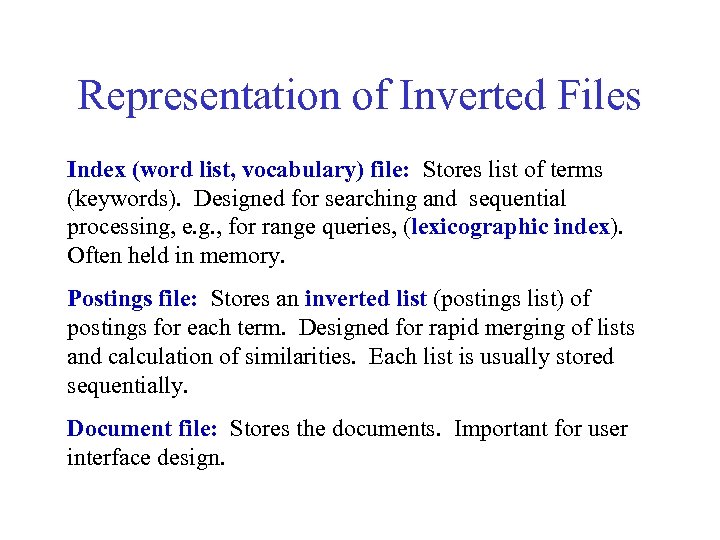


Any metal conduit should be bonded to the aircraft structure at each terminating point and break. In all cases, arcing should be suppressed either by enhancing bonding or increasing resistance. Coupling the return paths from multiple sources should never occur as electrical noise maybe transmitted from one source to the other and can be a significant problem in digital systems.īonding inspections should include checking for the presence of electrical arcing. Exceptions such as some antenna elements require electrical isolation from the rest of the airframe. Low impedance paths to aircraft structure are normally required for electronic equipment to provide radio frequency return circuits and for most equipment to reduce the possibility of Electro Magnetic Induction (EMI).Īll external aircraft surfaces that are capable of conducting electricity should be electrically connected to other surfaces through mechanical joints. A poor ground can lead to improper system operation as well as cause damage due to Electro Static Discharge (ESD). One of the important factors in the installation and operation of aircraft electrical systems is proper bonding and grounding. To those active in aircraft maintenance who have not as yet reviewed this Advisory Circular, they will find it contains data for inspecting and maintaining newer technology systems.įollowing are some useful pointers for properly maintaining electronics systems in aircraft: Contained within are methods, techniques, and practices considered acceptable to the Administrator for repairs and inspection of non-pressurized civil aircraft where no specific manufacturer instructions will apply.

This document was issued in September 1998 and supersedes AC 43.13-1A. The Federal Aviation Administration has solicited the creation of Advisory Circular 43.13-1B. It is impractical to believe that each manufacturer can document each and every situation. Some manufacturers even have gone as far as to create dedicated manuals of standardized maintenance practices. This may include, but is not limited to, aircraft cleaning, torque values, plumbing installation and bonding tests. ATA Chapter 20 is the designated area for manufacturers to publish information pertinent to Standard Practice.


 0 kommentar(er)
0 kommentar(er)
